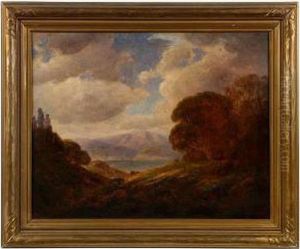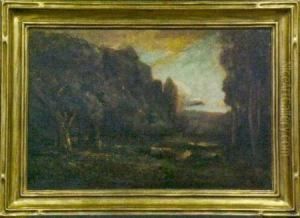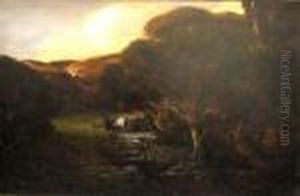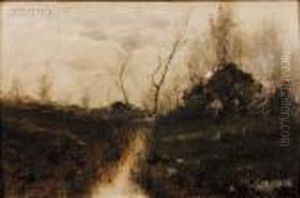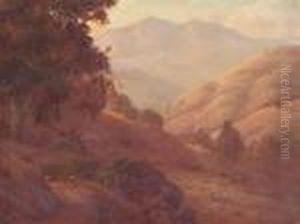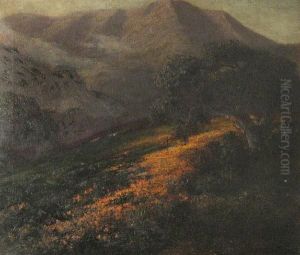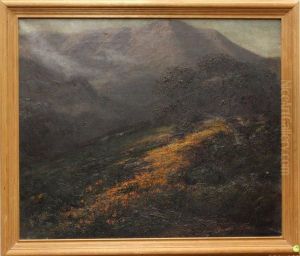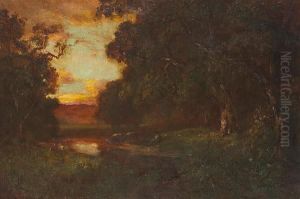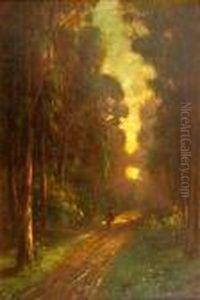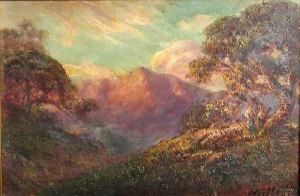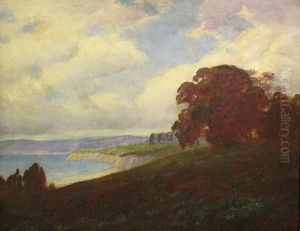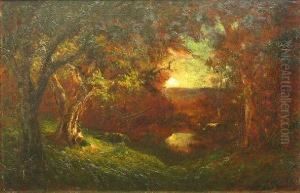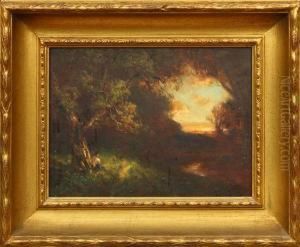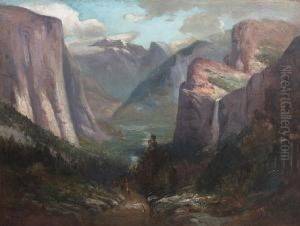Jules Mersfelder Paintings
Jules Mersfelder was a relatively obscure artist, known for his contributions to early 20th-century American art. Born in 1879, Mersfelder's career spanned a period of significant change in the art world, witnessing the transition from traditional forms to more modern expressions. Despite the scarcity of extensive records on his life and work, what is known reflects a dedicated artist with a passion for exploring the natural landscape and the potential of color and light.
Mersfelder's early life is not well-documented, but it is believed he received some formal art education, which was a common practice among artists of his time. His style was influenced by the Impressionist movement, characterized by a fascination with capturing moments of light and color. However, Mersfelder adapted these influences to fit his unique vision, often focusing on the landscapes of the American West. His works are noted for their vibrant color palette and dynamic compositions, suggesting an emotional connection to the scenes he depicted.
Throughout his career, Mersfelder struggled to gain the recognition enjoyed by his contemporaries. The art world was rapidly evolving, and while his works were appreciated, they did not always align with the dominant trends. Despite this, he continued to produce and exhibit his art, participating in local art shows and selling to private collectors.
Mersfelder's later years were marked by a gradual decline in public interest in his work, as the art community shifted its focus towards more avant-garde expressions. He continued to paint, however, remaining true to his artistic vision until his death in 1943. Today, Jules Mersfelder is remembered as a dedicated artist who contributed to the richness of early American modernism, even if he never achieved widespread fame. His works are cherished by collectors who appreciate the unique perspective he brought to the depiction of the American landscape.
